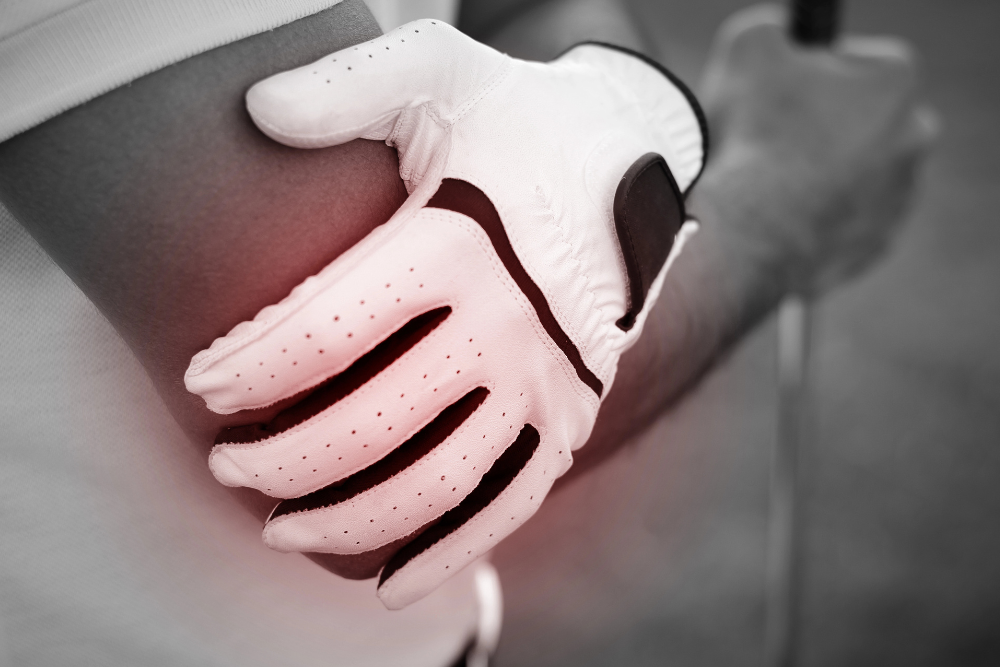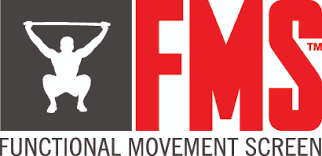
Golfer’s elbow might sound like a condition that only affects people on the course, but the truth is, this painful condition can impact anyone, whether you’re swinging clubs or just typing away at your desk.
Known medically as medial epicondylitis, golfer’s elbow occurs when the tendons on the inside of your elbow become inflamed, usually due to repetitive stress or overuse of the forearm muscles.
Chiropractic care offers a natural and effective way to manage this pain, heal the underlying damage, and prevent future flare-ups, all without relying on medication or invasive procedures.
Whether you’re a golfer, tennis player, or tradesperson, understanding how chiropractic care can aid in your recovery is crucial for achieving long-term golfer’s elbow relief. This post provides information about the condition and how you can regain full function.
What Is Golfer’s Elbow?
Golfer’s elbow is caused by repetitive wrist flexion and forearm rotation. When these muscles are overused, the tendons that attach them to the bony bump on the inside of your elbow become irritated and inflamed.
Despite the name, golfer’s elbow isn’t just a sports injury limited to athletes; anyone who frequently grips, twists, or lifts can develop the condition.
Common causes of golfer’s elbow include:
- Playing sports like golf, tennis, baseball, or climbing
- Frequent use of hand tools (plumbers, carpenters, electricians, musicians, artists)
- Typing or mouse use for extended hours
- Lifting weights with poor form
- Repetitive stress from household tasks or hobbies
Symptoms of golfer’s elbow often develop gradually and may include:
- Pain or tenderness on the inside of the elbow
- Stiffness and difficulty bending the elbow
- Weak grip strength
- Numbness or tingling that may radiate to the forearm or fingers
- Pain that worsens with gripping or lifting
Natural At-Home Remedies to Relieve Golfer’s Elbow Pain
While chiropractic care provides professional-level support, several safe and natural chiropractor-approved remedies can be used at home to relieve discomfort and accelerate healing.
Rest
Avoid aggravating movements and give your elbow a break. Modify your activity to prevent further irritation.
Ice Therapy
Apply an ice pack to the inside of your elbow for 15–20 minutes, several times a day, to reduce inflammation and numb pain.
Gentle Stretching
Stretch the wrist and forearm regularly to prevent stiffness and promote healing. A simple wrist flexor stretch (palm up, gently pull the fingers back) can help.
Self-Massage
Gently massaging the forearm can increase blood flow and reduce muscle tension. Use a foam roller, massage ball, or your opposite hand to target tender spots.
Wrist & Forearm Strengthening
Once the pain subsides, light resistance exercises, such as wrist curls with a light dumbbell, can help rebuild strength and support the healing process.
Elbow Brace or Support
Wearing a forearm strap or elbow brace during activities can reduce tendon strain and provide extra support.
How Chiropractic Care Can Help End Golfer’s Elbow Pain
Chiropractic care focuses on improving musculoskeletal function by realigning the joints, relieving pressure on soft tissues, and enhancing nerve communication and circulation. When it comes to golfer’s elbow, this holistic approach does more than manage symptoms; it treats the root cause of the issue.
Restore Joint Alignment & Function
Even slight misalignments in the wrist, elbow, shoulder, or spine can change how the arm moves and increase stress on the tendons. Chiropractors use gentle, targeted adjustments to realign these joints and restore standard movement patterns.
Reduce Inflammation & Pain
Techniques such as manual therapy, instrument-assisted soft tissue mobilization (like the Graston Technique), and laser therapy help decrease inflammation, promote circulation, and facilitate faster tissue repair.
Address Muscle Imbalances
Chiropractors identify muscle groups that are overworking or underperforming. Through stretching, strengthening, and education on body mechanics, they help you retrain movement patterns to prevent recurrence.
Improve Flexibility & Range of Motion
Stiffness in the wrist, elbow, or shoulder can lead to compensation and added stress on the joint. Chiropractic care helps restore mobility and balance across the entire upper extremity.
Get Relief Naturally with Chiropractic Care in Burlington
If golfer’s elbow is limiting your performance or affecting your daily life, our chiropractic techniques offer a powerful, natural solution that treats the condition, not just the symptoms.
At Cardinal Chiropractic and Sports Recovery, we take a personalized and functional approach, working with you to restore balance, relieve pain, and enhance your overall movement and strength.
The chiropractic methods we utilize to treat golfer’s elbow include:
- Chiropractic adjustments to the spine, shoulder, elbow, or wrist
- Graston Technique for soft tissue mobilization (IASTM)
- Cold laser therapy to reduce inflammation and support tissue repair
- Kinesio taping to support the elbow and improve proprioception
- Rehabilitative exercises to restore strength and endurance
- Sports recovery to ensure you’re fully functioning and can safely return to your activities
- Postural, ergonomic, and lifestyle coaching to prevent future flare-ups
You don’t have to live with elbow pain or rely on medication to feel better. Book a consultation with our Burlington chiropractor today and take the first step toward pain-free living.


